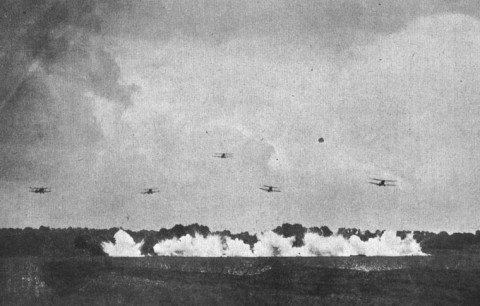
I recently said that I’ve been meaning to write about the spectacular and dramatic set pieces which usually marked the climax of the RAF Pageants, held at Hendon aerodrome every summer from 1920 to 1937. So here goes! The themes chosen for these set-pieces tell us something about what ideas about airpower the RAF wished the public to absorb.1 Flight had good coverage of the pageants, and where possible I’ll reference British Pathe newsreels. As there were so many I’ll have to make this a series.
First, a bit of context. In 1910, Hendon (or London) aerodrome was established on the outskirts of London by Claude Grahame-White as a place where pioneer aviators could come to build, to train and to fly. But it was also the site of hugely popular aerial derbys and flying displays for the public, who came up from London in their many thousands to watch Grahame-White and others stunting over the airfield: the so-called ‘Hendon Habit’. During the war, Hendon was requisitioned by the RFC for the purposes of training, test flying and occasional air defence. Grahame-White never got it back after the war, but he did manage to convince the government to allow it to be used once more for airminded propaganda: the Aerial Derby was re-established there in 1919.2
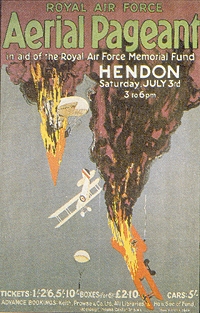
The following year, the RAF itself got into the act by staging the first Hendon Pageant. This was held on Saturday, 3 July 1920. The crowd was estimated at about 40,000. While the programme was chock-full of aerobatics and mock combats, by comparison with later years the set-piece seems underdeveloped. In fact, it’s hard to find one. The ‘event of the day’ is described as ‘the strafing of Herr Von Rupert’, an old kite balloon, by ‘Flight-Lieut. Hazell, D.S.O., M.C., D.F.C. (34 Huns, 16 balloons)’ flying a Sopwith Snipe.3 But this was followed by something which sounds more elaborate (photo at the top of the post):4
A formation of five Bristol Fighters, flying in line, dived to about 300 ft. towards some “trenches,” firing rounds from their machine guns at the same time. When over the trenches (about!) the Bristols “let go” their bombs — which dropped so fast we could not see them fall — and up went the trench and away flew the Bristols. It was a very impressive display.5
But even this was followed by another display of aerial warfare:
By way of a finale, we were given a sort of aerial firework display; first of all a Handley Page [O/400?] discharged three artificial-cloud producing bombs, the resulting effects of which were really beautiful and convincing. Then some 1,300 small incendiary bombs were dropped from about 1,000 ft. These burst into bright white flames on striking the ground and remained burning for some time. They, also, were very convincing! Yes, these last few events made many think pretty hard on the matter of the next aerial war.6
All of these were indeed spectacular, but they don’t sound dramatic in the sense of telling a story. They aren’t really what I’m talking about here.

The second RAF Pageant was held on Saturday, 2 July 1921. The crowd was more than twice the size of the first pageant. After the usual aerial action (including the downing of another observation balloon, henceforth manned by Major Sandbags), the finale was the destruction of the village of ‘Scrappa Plain’, built from scrap metal (photo above).7
It was supposed that enemy headquarters, under Gen. Blitzenscooter, were quartered in this village — we certainly observed quite a number of persons in grey-green uniforms foregathered round the Public Libeery [sic]. Several gaily dressed fräuleins were to be seen promenading about, whilst mechanics pottered about an Albatros biplane.8
As the following British Pathe newsreel shows, Bristol Fighters appeared over the village. The soldiers leapt to their defences, the civilians ‘took to flight’, and General Blitzenscooter took off in his Albatros.

Soon the Bristol Fighters swooped down, firing bursts from their machine-guns, scattering the remainder of the occupants of the village, and as they passed over the village “released” their bombs […] the Bristols made a second attack on the by then merrily burning village and pretty-well wiped it out. Seen from our point of vantage the whole effect was terribly realistic.9
A Handley Page next flew over, dropping smoke bombs to screen a hypothetical infantry advance, and then, to close off the pageant, laid on a regular ‘Brock’s Benefit’, i.e. an air-dropped fireworks display.

The next RAF Pageant, somewhat dampened by rain, was held on Saturday, 24 June 1922. The finale by now seems to be established as ‘the event of the day’, with corresponding effort made by the RAF to make it as memorable as popular.10 This time it was ‘an Eastern drama, depicting the attack and destruction of a desert stronghold […] intended to illustrate the work that was done by the R.A.F. in the East’.9
The “plot” of the drama was quite thrilling, and was well carried out by the “actors”. A machine (Bristol Fighter) returning from a reconnaissance, had to make a forced landing near the stronghold, which opened a fierce attack on the disabled machine. […] Fortunately an armoured car section, returning from a raid, happened to be near at hand, and rushed up to the rescue, keeping off, with heavy machine-gun fire, numbers of gaily clothed Wottnotts, who had emerged from the stronghold.9

A RAF bomber squadron then appeared on the scene. One machine lands by the stricken Brisfit bringing ‘a spare air-speed indicator’, and they are soon in the air again. (Photo above.)11
In the meanwhile the bombing squadron attacked the stronghold, under heavy fire from an enemy anti-aircraft battery, mounted on motor lorries, situated some distance away. The bombs soon began to take effect, and after a few salvos the stronghold was in flames, and the garrison was observed fleeing in all directions.12
This was followed by the usual smokescreen-laying Handley Page.
Of course, the need for spectacle at least partly dictated the need to be destroying something, but what was chosen for destruction is surely significant. The 1920 and 1921 finales clearly look back to the late Great War (in the latter case a somewhat humorous attack on a village housing a German military HQ). In showing the destruction of a village of aggressive Wottnotts (yes, really) in the 1922 set piece, by contrast, was much more up to date: the RAF had earlier that very year assumed overall military control of the Iraq mandate, where it was attempting to use bombers and armoured cars to bring the area under air control. Hopefully it will be interesting to see how these finales evolved over the next decade and a half.
Update: I’ve added the advertising poster for the 1922 pageant (‘Bombing a desert stronghold’); I found it at Onslow Posters.
![]() This work is licensed under a Creative Commons Attribution-NonCommercial-NoDerivatives 4.0 International License.
Permissions beyond the scope of this license may be available at http://airminded.org/copyright/.
This work is licensed under a Creative Commons Attribution-NonCommercial-NoDerivatives 4.0 International License.
Permissions beyond the scope of this license may be available at http://airminded.org/copyright/.
- See David E. Omissi, ‘The Hendon Air Pageant, 1920-1937’, in John M. MacKenzie, Popular Imperialism and the Military: 1850-1950 (Manchester: Manchester University press, 1992), 198-220, for more. [↩]
- On Hendon generally, see David Oliver, Hendon Aerodrome: A History (Shrewsbury: Airlife, 1994). [↩]
- Flight, 8 July 1920, 710. [↩]
- Ibid., 703. [↩]
- Ibid., 710-711. [↩]
- Ibid., 711. [↩]
- Ibid., 7 July 1921, 455. [↩]
- Ibid., 456. [↩]
- Ibid. [↩] [↩] [↩]
- Ibid., 29 June 1922, 373. [↩]
- Ibid., 371. [↩]
- Ibid., 373. [↩]


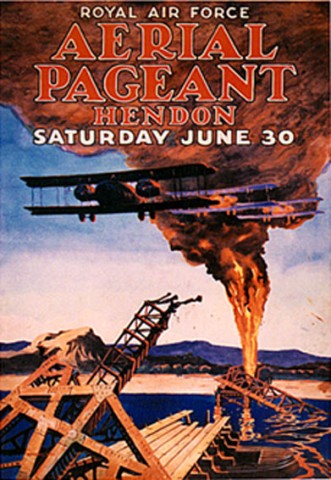
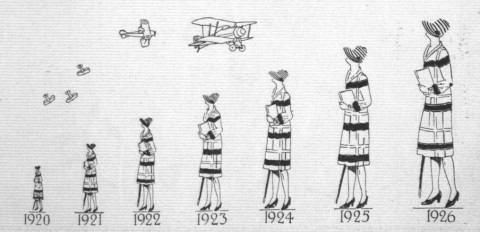
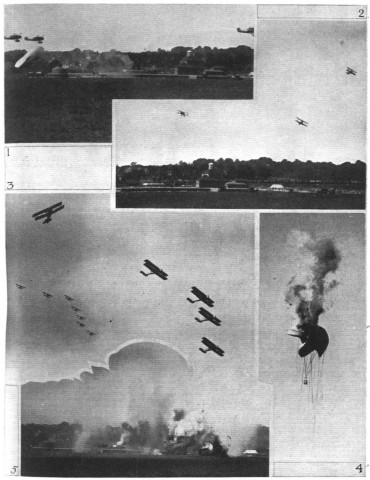

Pingback: Airminded · Ending Hendon — II: 1923-1925
Pingback: Airminded · Ending Hendon — III: 1926-1928
Pingback: Airminded · Comparing Hendon
Pingback: Airminded · Ending Hendon — V: 1932-1934
Pingback: Course correction | Airminded
Pingback: The other Hendon – Airminded
Pingback: “Bombing a Desert Stronghold”